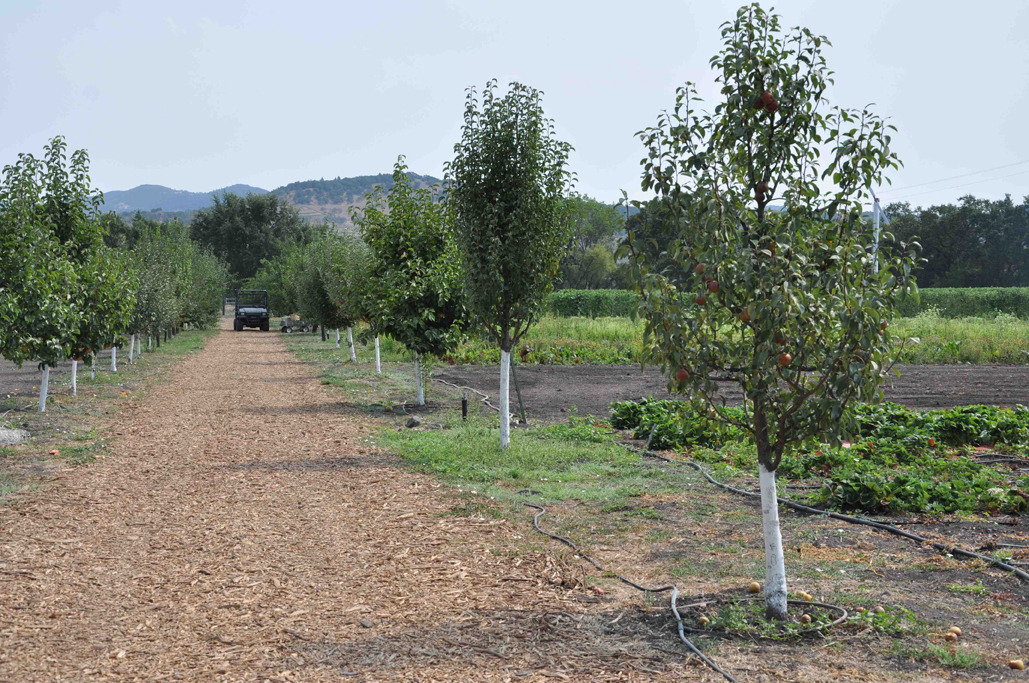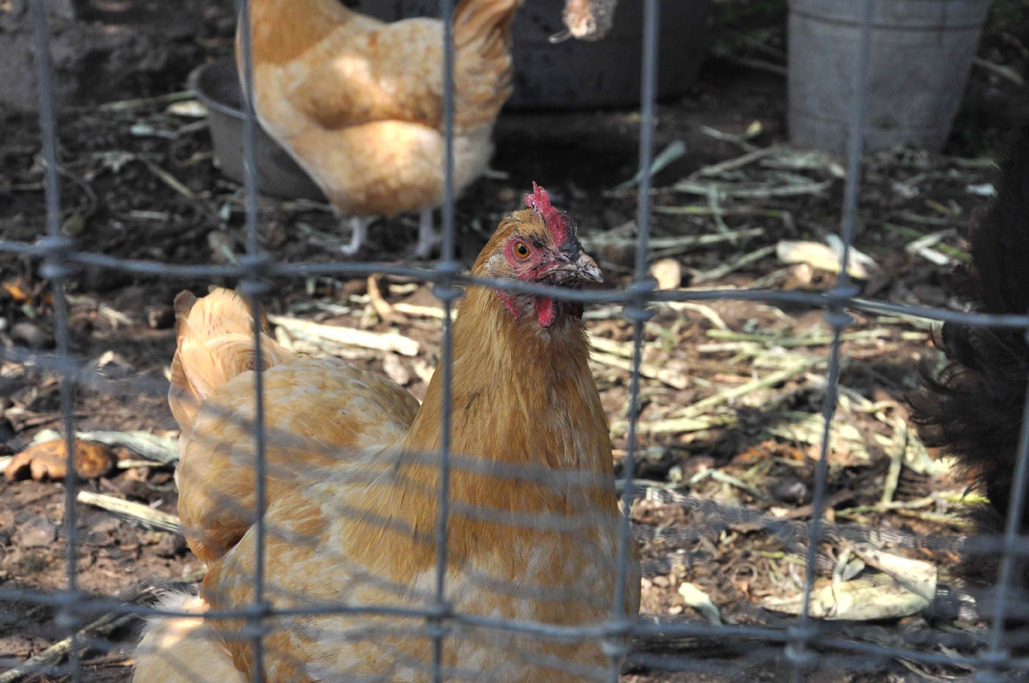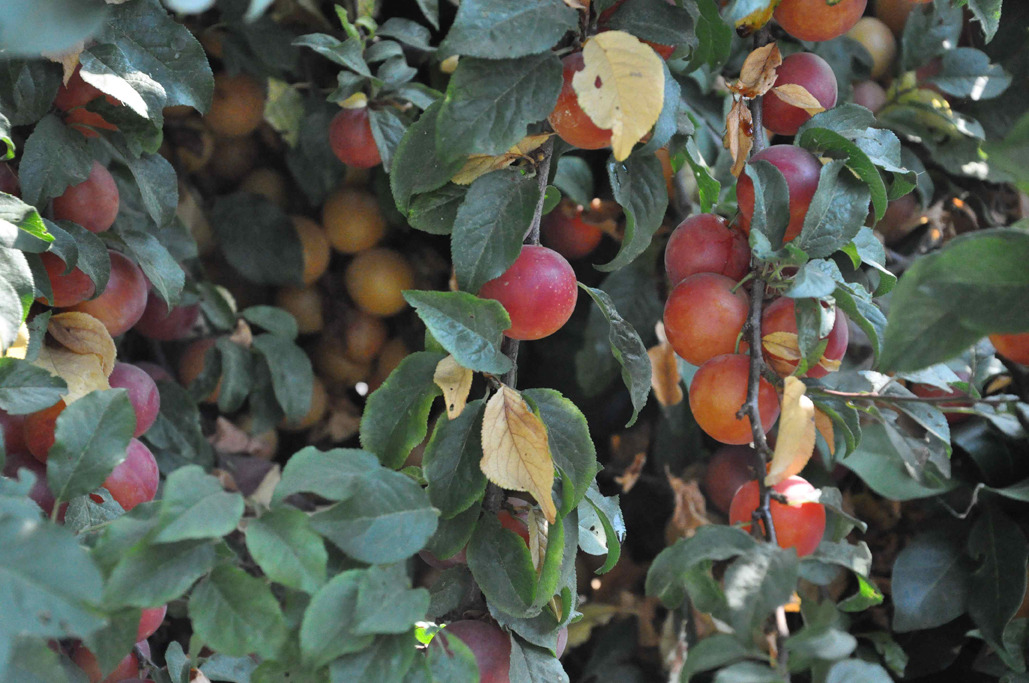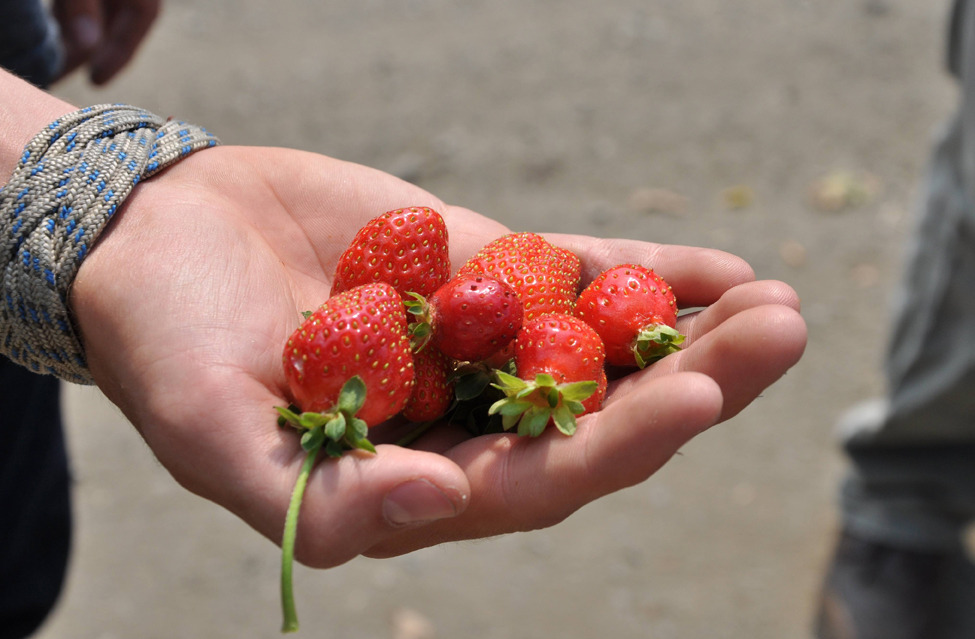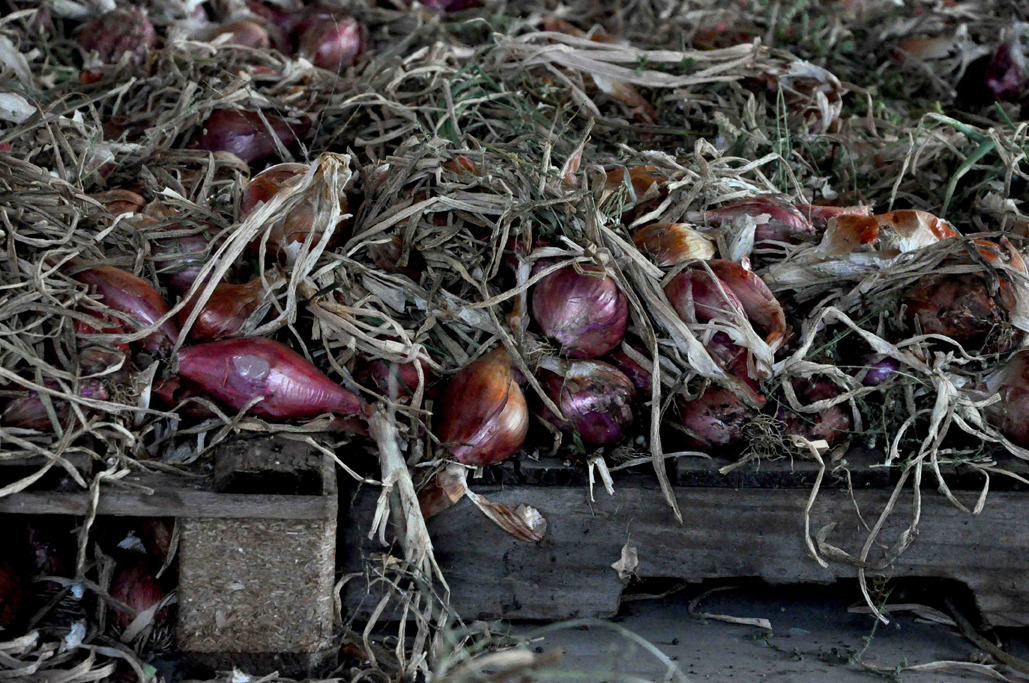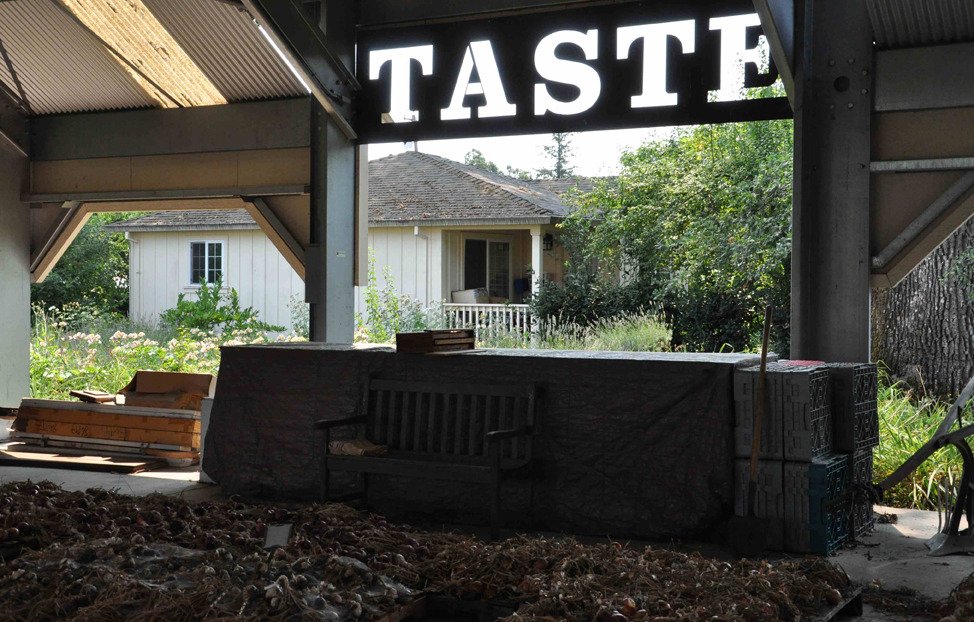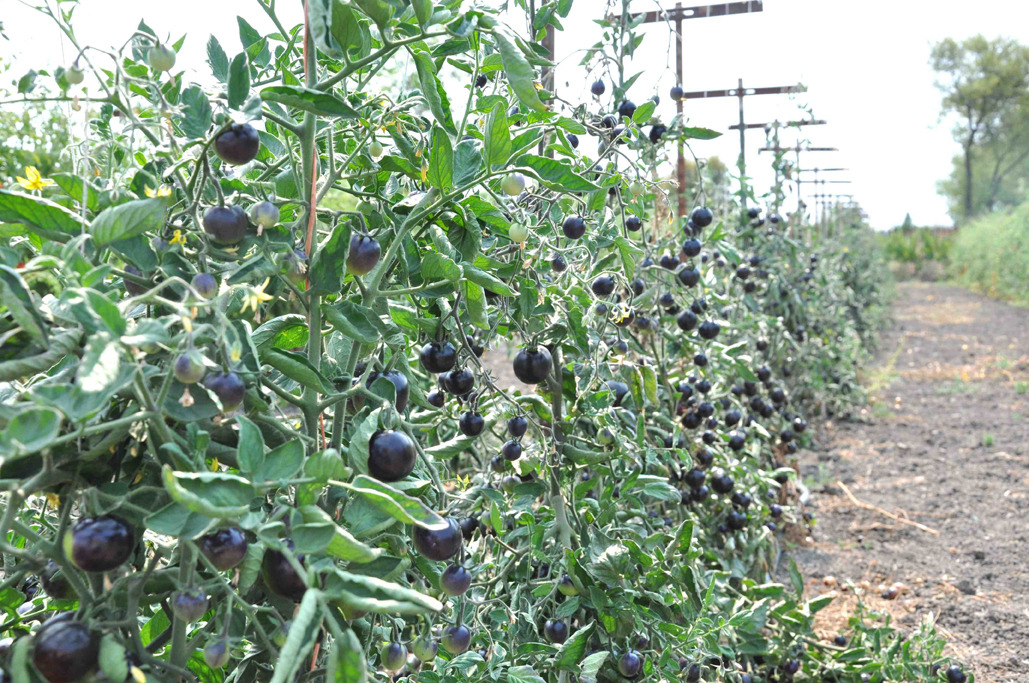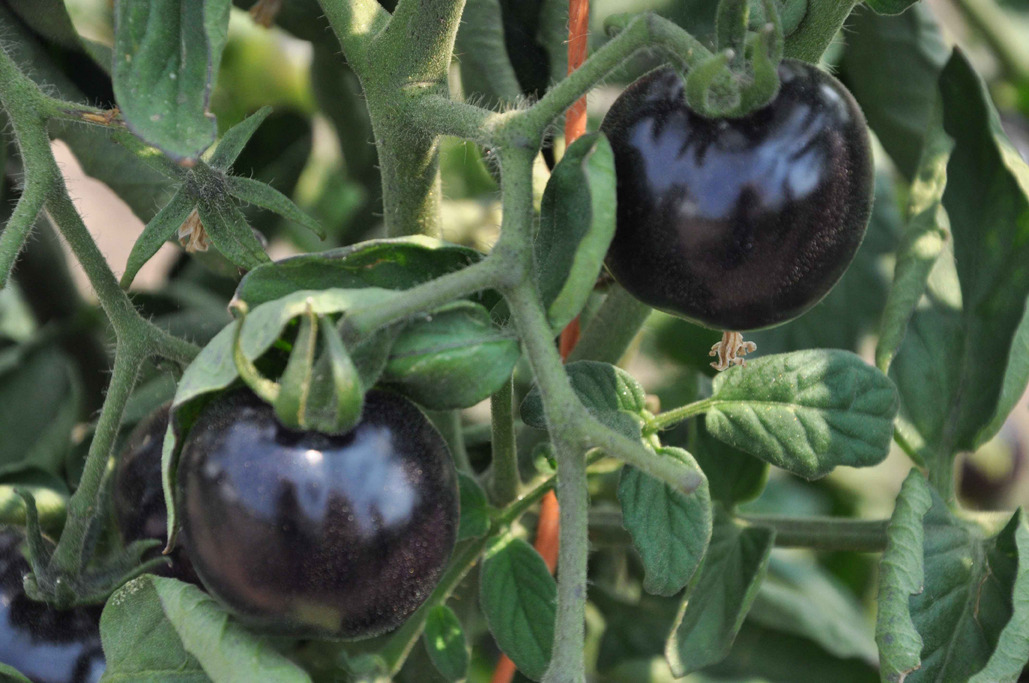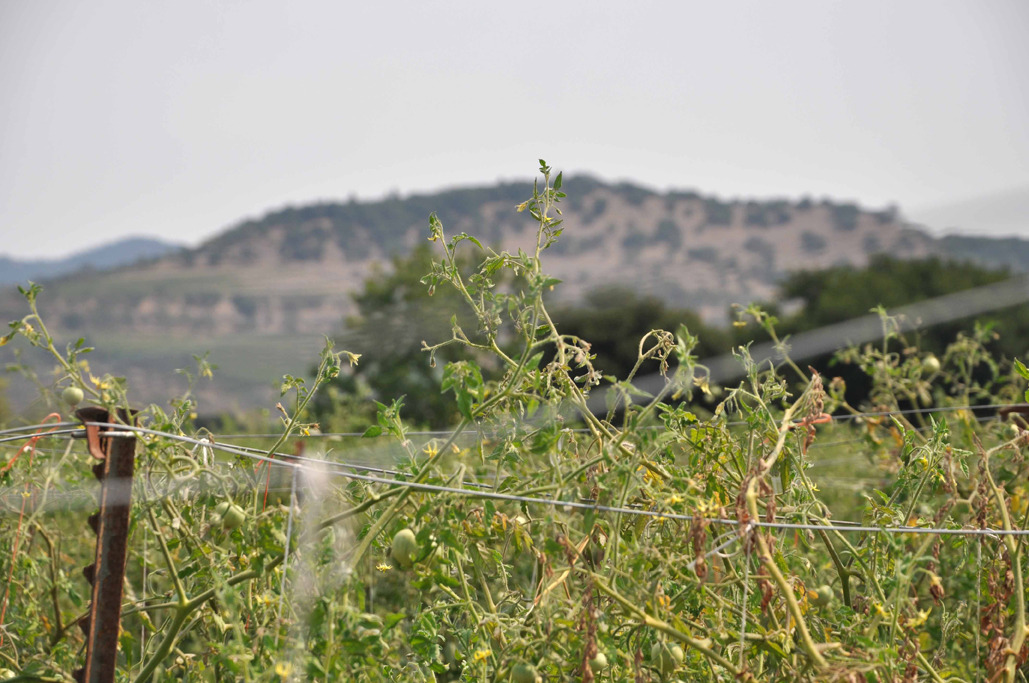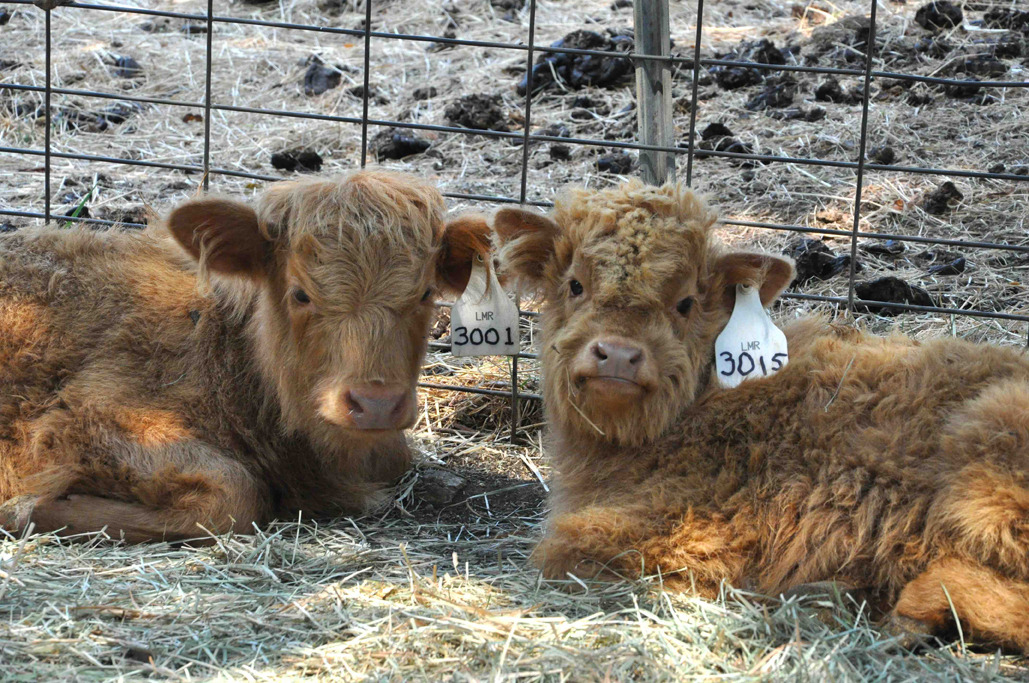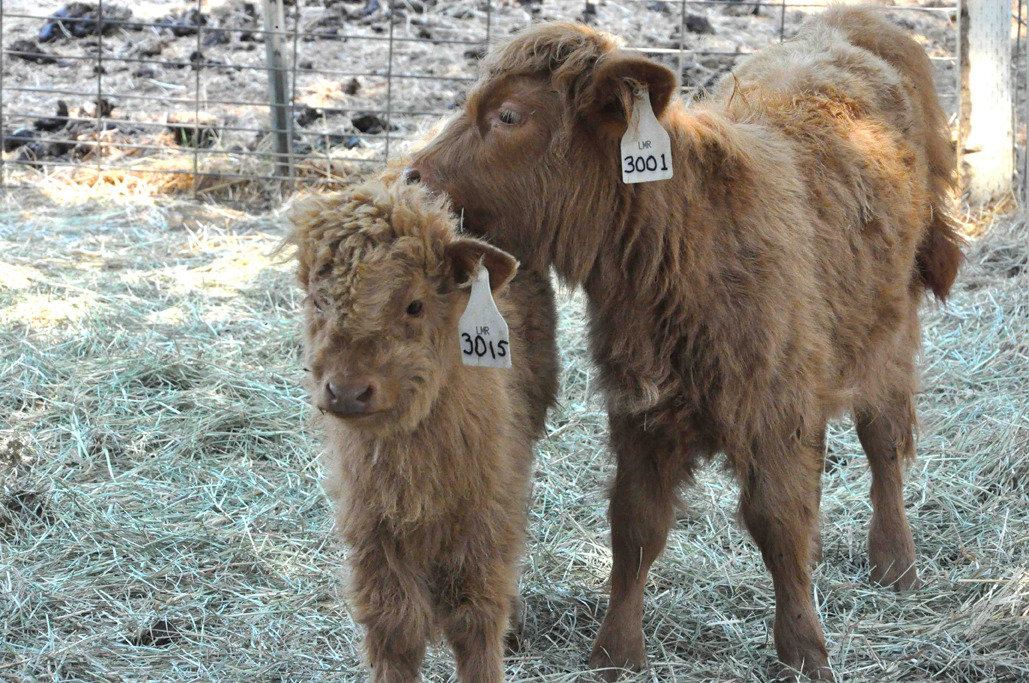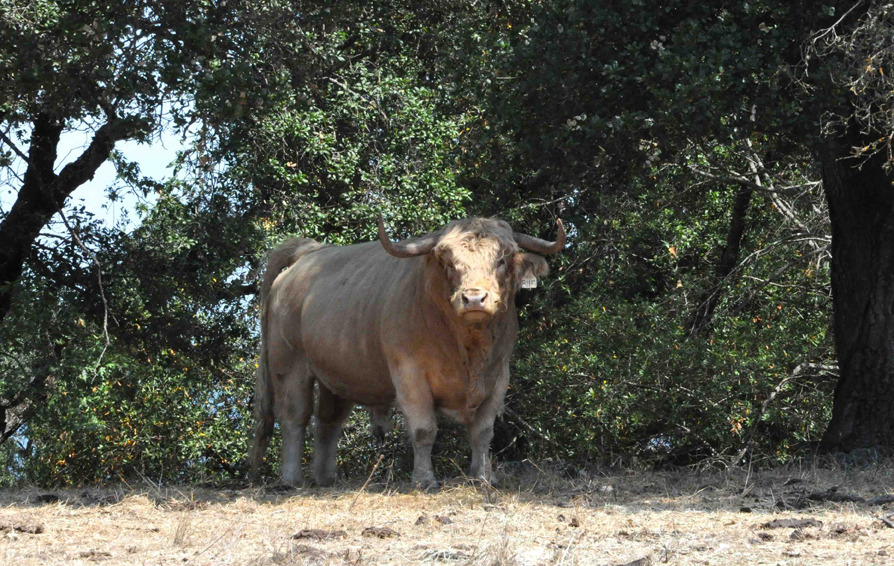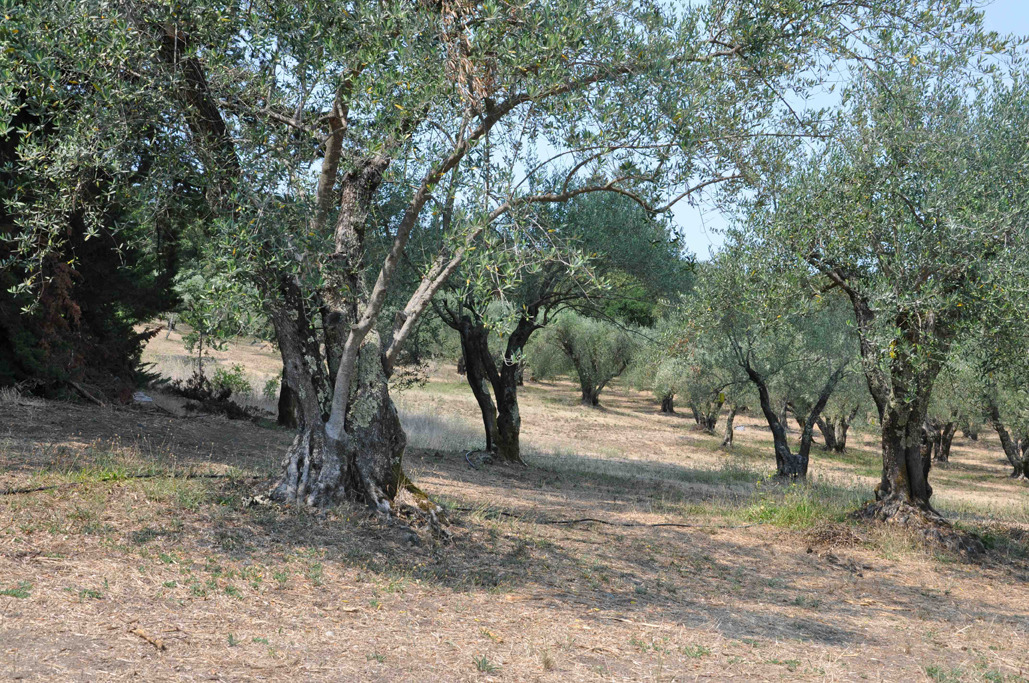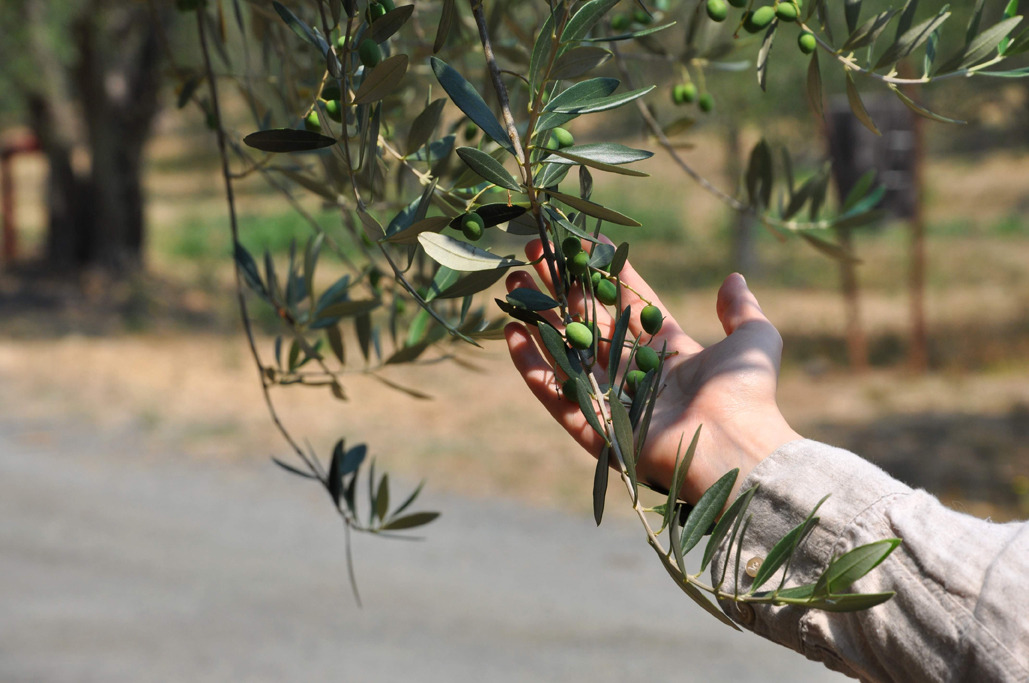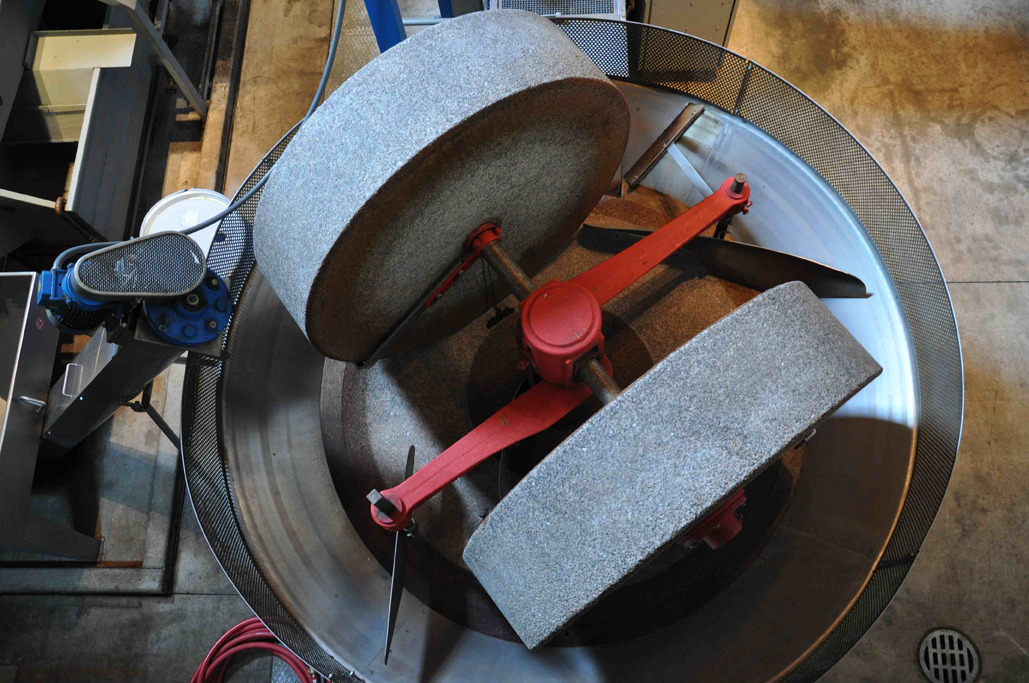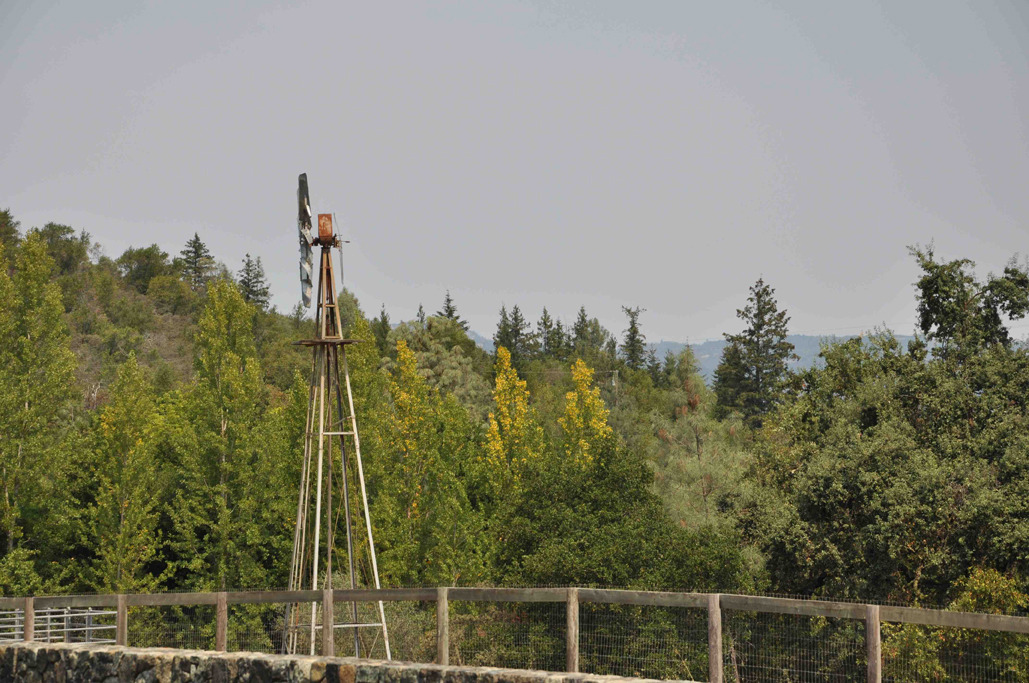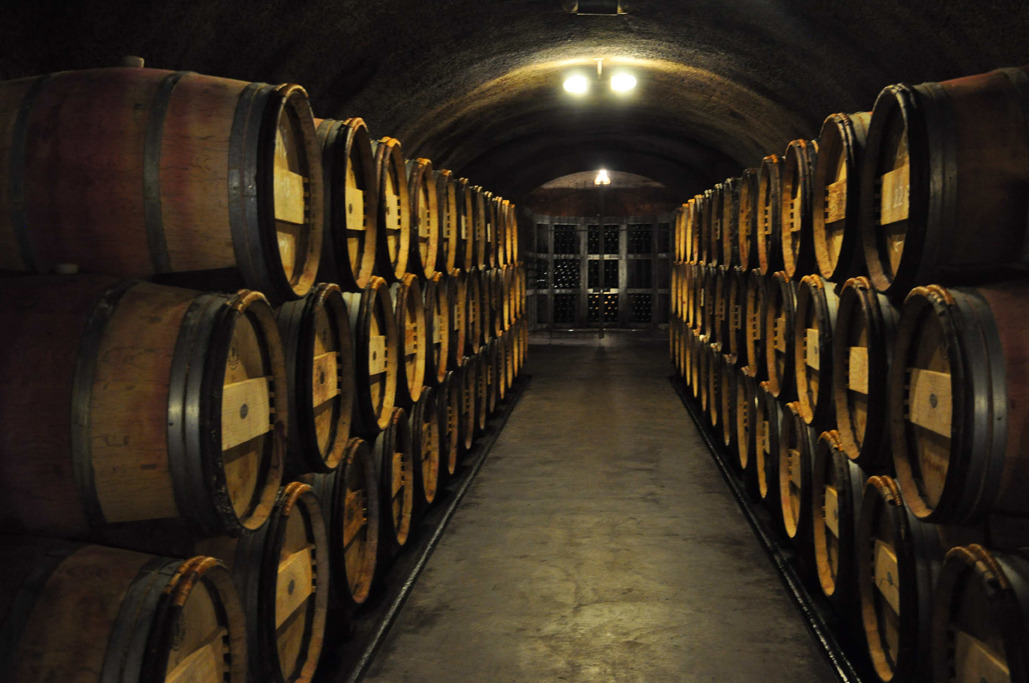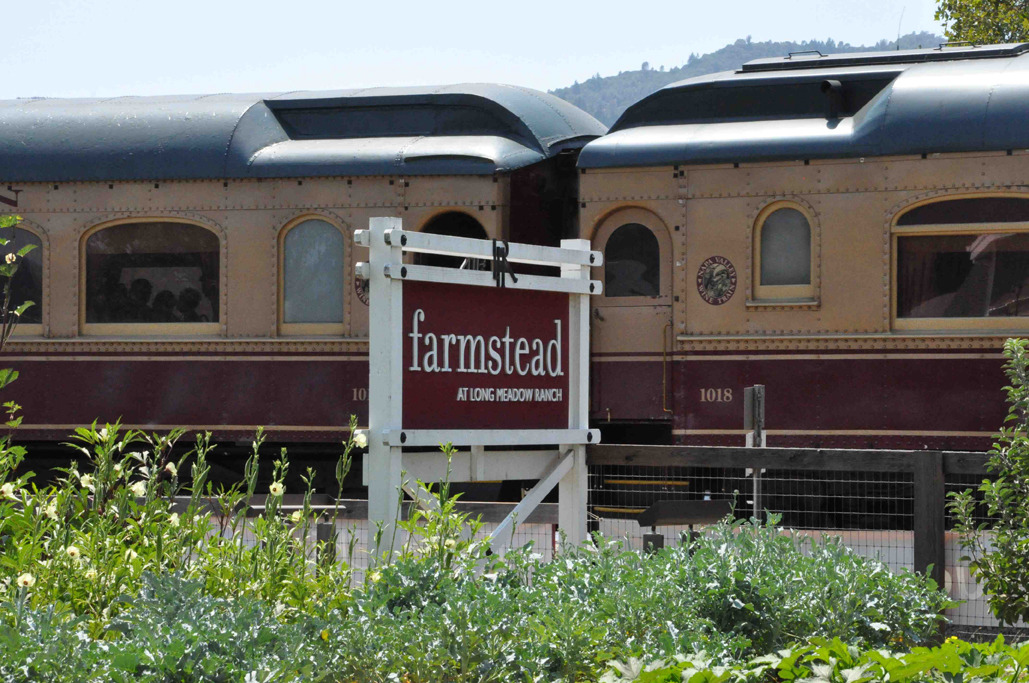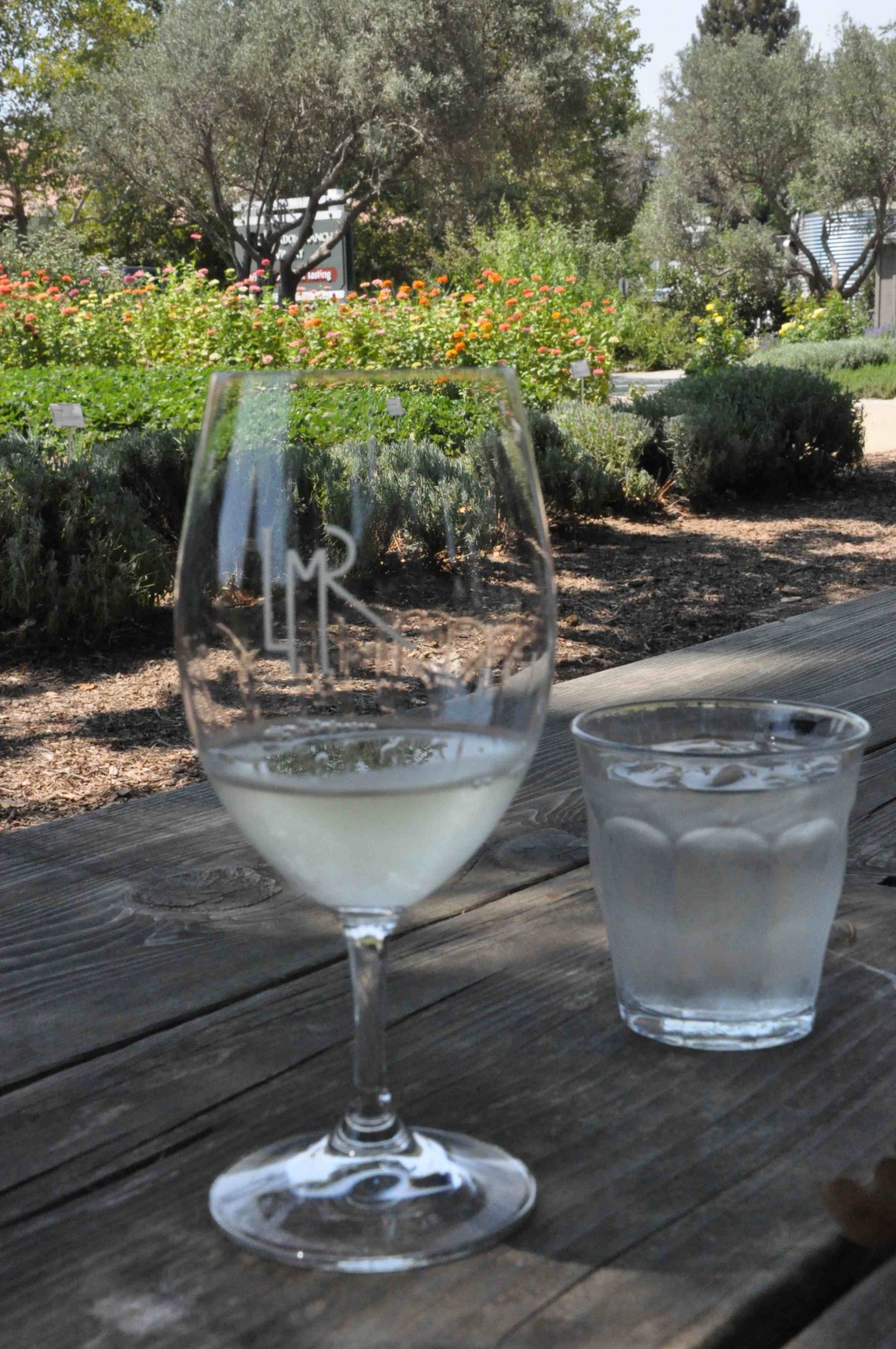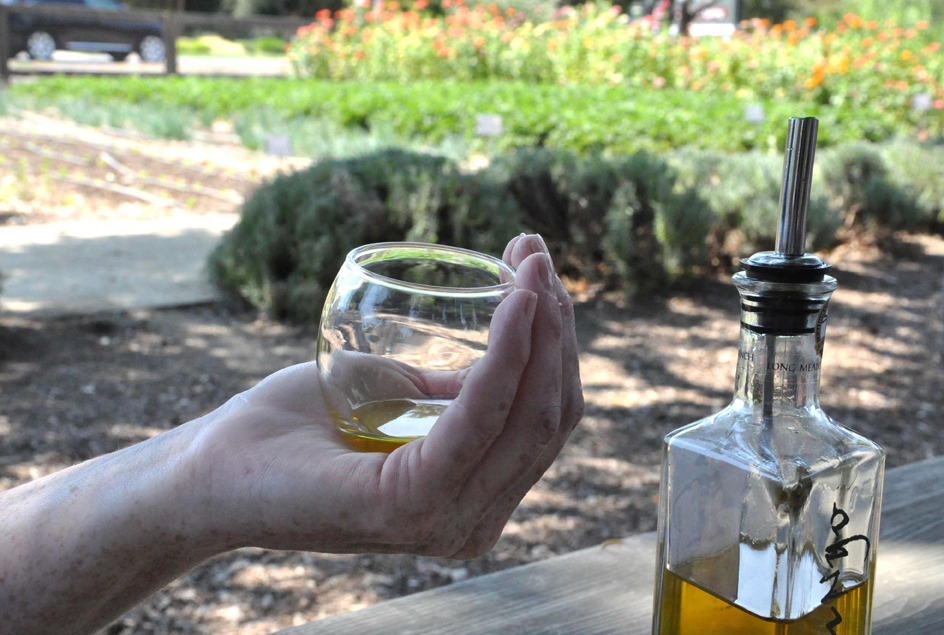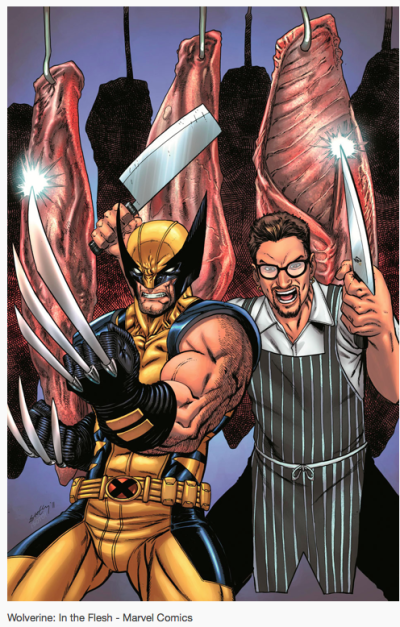our favorite finds from the front lines of food
I guess that the tag line of "favorite finds from the front lines of food" could be a bit misleading. Sometimes there are important finds that are not really "favorite" finds. This is one of those cases - it's time we discuss the state of kids here in the USA going hungry.
This past week the Washington Post ran an article discussing the record breaking numbers of kids benefiting from the school breakfast program that is ultimately in the crosshairs of some conservatives in Congress. (Washington Post)
Since this is such an important topic, I want to expand on it a bit more. The blog named The Lunch Tray has done a great job outlining the issues surrounding kids who rely on school nutrition programs. and what may happen to those programs under the new administration. Its a good read that anyone in the food business int he US should take a look at. (The Lunch Tray)
And for those out there who want to do something about this, the website We Are Teachers have outlines how to leverage social media to fight against childhood hunger. remember all of us who work in food know that kids learn better, behave better and are healthier when they have a good breakfast. This is not rocket science, nor is it new information. (We Are Teachers) And major shout out and thanks to Sodexo Stop Hunger Foundation & No Kid Hungry / Share our Strength
In other news...
More unintended consequences from recent voting....Looks like the UK fishermen won't be getting their waters back anytime soon. (Guardian)



